
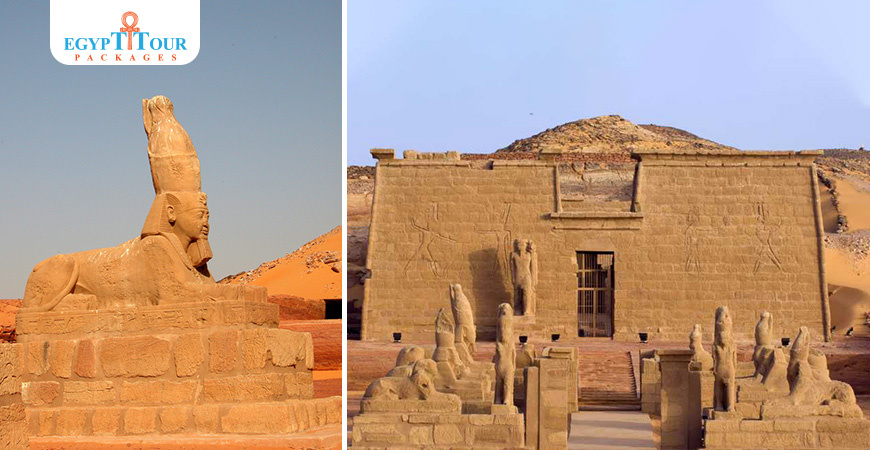
Wadi Es Sebua
temple of Wadi Es-Sebua is located 50km south of Aswan Dam. This temple was built by Ramesses II and was dedicated to the god Amun and Ra-Horakhty.
Wadi Es-Sebua
The temple of Wadi Es-Sebua is located 50km south of Aswan Dam. It is known to be the second largest temple in the Nubian region, after the famous temple of Abu-Simbel. The temples of Wadi es-Sebua, so-called because of the sphinx-lined approach to the temple forecourts which means “Lions” This temple was built by Ramesses II and was dedicated to the gods Amun and Ra-Horakhty, along with deified Pharaoh Ramesses II. Hence, it was then called the "House of Amun," and its construction was started in the 44th year of the reign of Ramesses II.
As part of the International Campaign to Save the Monuments of Nubia, along with Abu Simbel, Philae, Amada, and other Nubian archaeological sites, the temples at Wadi es-Sebua were relocated in the 1960s and inscribed on the UNESCO World Heritage List in 1979. The New Wadi es-Sabua is an archaeological site in Egypt. It is located only 4 km west from the original site of Wadi es-Sebua, which today contains three ancient Egyptian temples in Lower Nubia, the temples of Wadi-es Sebua, Maharraqa and Dakka.
-Church:
In the 6th century AD, the temple was converted into a Christian church. Some temple reliefs were covered with a layer of plaster, where painted images of God was done. This layer helped to preserve for posterity the original reliefs.
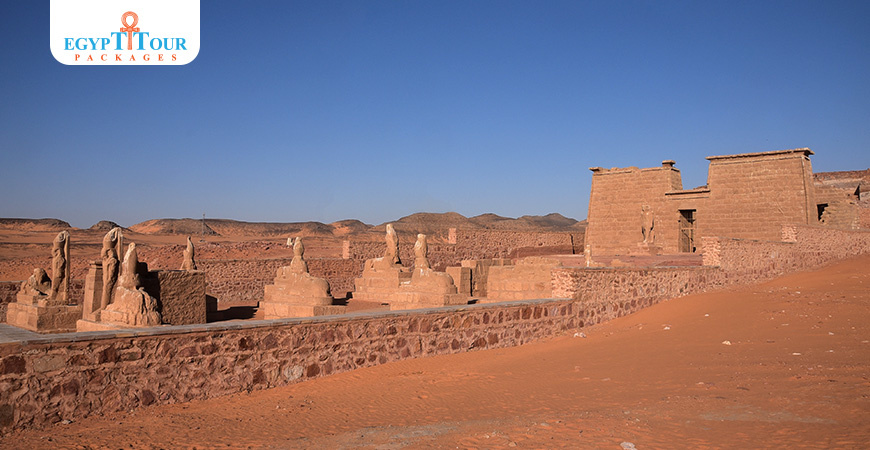
Temple of Wadi Es-Sebua
-Architecture:
The temple consists of an entrance with a tower, an open courtyard, a hypostyle hall, and an inner sanctuary.
- The temple from the outside:
The temple once possessed three pylons. The first two, however, were made of inferior Nile mud brick and have since crumbled. Only the stone gate passageway through them has survived. Beyond the first tower, the first courtyard appears with two human headed sphinxes accompanied by two statues of the pharaoh himself which originally stand on both sides of the passageway. Only the left-hand statue of Ramesses II remains in situ whereas the other statue now lies in the desert. Beyond the second pylon, a second courtyard with four falconheaded sphinxes appear representing Horus of Miam, of Meha, of Baki and, curiously, Horus of Edfu when one would expect that of Buhen instead in Nubia. Between their legs, a statuette with the image of Ramesses capped with the némès crown appears. On their base, an inscription states Ramesses "Lord of (Sed-festivals), as his/her Ptah father" refers to the desire for longevity on behalf of this pharaoh which was already expressed on the vestiges of the second door: (Ramsess-Meryamun), lord of Sed-festivals, like Ptah. Just prior to entering the third tower, four colossal statues of Ramesses II appear of which, only one statue remains upright today. The third pylon is decorated with the conventional Egyptian style of the Pharaoh smiting his enemies and making offerings to the gods, including himself.

Wadi Es-Sebua Temple
-court of osirian statues:
The third pylon leads to a hall with 10 columns for King Ramesses II in the Osirisian form, 5 columns on each side, some of which are broken. This hall leads to the part of the temple carved into the rock.
-Pillared Hall:
Once one passes through the third pylon, the rock cut section of the temple begins with a hypostyle hall composed of 12 square pillars of which the central six were once adorned with Osirid statues of the king; these were chiselled off by the Christians. However, the offering scenes on the walls survive, and some retain their original colour. The antechamber opens into two side rooms, two side chapels and the sanctuary itself. Although the statues in the sanctuary niches were destroyed, they undoubtedly represented Amon-Re, Re-Harakhty and Ramesses II himself. The larger temple at Wadi es-Sebua was built in the rather rough Nubian style, which marked some of Ramesses II's larger buildings.

The Temple of Wadi Es-Sebua
-sanctuary:
The antechamber opens into two side rooms, two side chapels and the sanctuary itself. Although the statues in the sanctuary niches were destroyed, they undoubtedly represented Amon-Re, Re-Harakhty and Ramesses II himself. in the sanctuary and associated chapels of Ramesses' temple where colourful scenes depict Ramesess adoring the sacred boats of Amun-Re and Re-Horakhty. There is also an interesting scene in the central niche of Wadi es-Sebua temple where two statues of Amun and Re-Horakhty which stood besides Ramesses II were hacked away by later Christian worshippers and replaced by an image of St. Peter. When the plaster coating was removed from the carved reliefs, one finds a bizarre image of Ramesses II offering flowers to St Peter instead.

Decoration in Wadi es-sebua temple
Wadi es-sebua Temple contains many wonderful inscriptions and decorations such as, A relief depicting Ramesses II making an offering to the gods
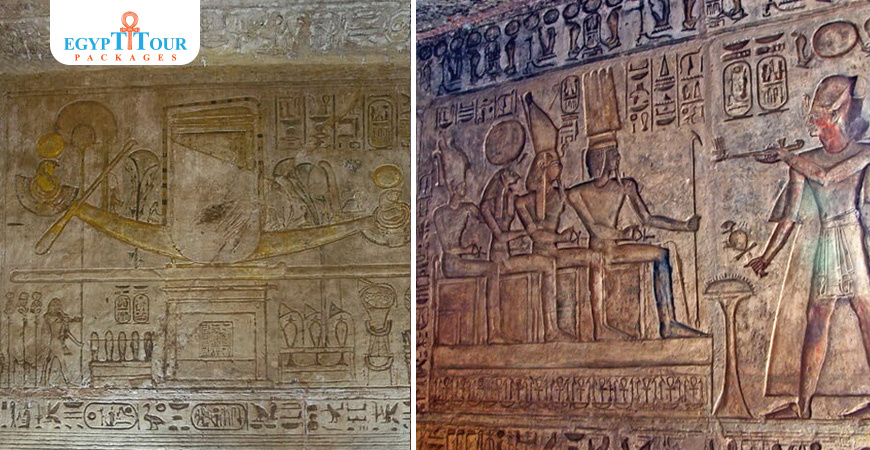
How to reach this site ?
Wadi es-Sebua is an archaeological site in Nubia, Egypt. The main attraction of the site is the Temple of Ramses II, which is one of the most complete and well-preserved temples in Nubia.
To get to Wadi es-Sebua, you will need to take a boat from Aswan. The boat ride takes about 3 hours. Once you arrive at Wadi es-Sebua, you will need to walk for about 15 minutes to get to the temple. You can make all of these during the cruise of Lake Nasser.

Wadi Es-Sebua Temple Entrance Fees
- How much is entry to Wadi Es-Sebua Temple ?
-For Egyption\Arab:
Adult: EGP 10
Student: EGP 5
-For Other Nationalty:
Adult: EGP 100
Student: EGP 50
- Opening Hours ?
-All Days: Working Hours: from 07:00 am to 04:00 pm
- Free entry Policy
-Free entry for children below 6 years.
-Free entry for Egyptians & Arabs with special needs.
-Free entry for Egyptians and Arabs above 60 years.
-Photography with mobile phone is free of charge.
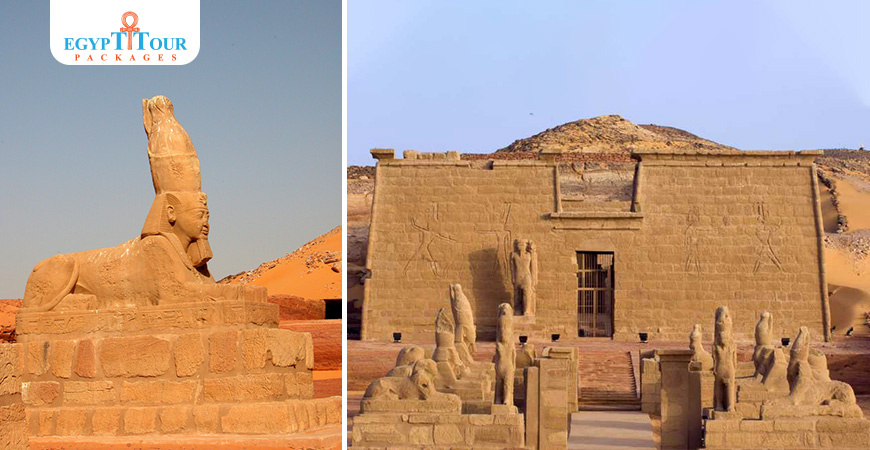
Post A Comment
Your Email Address Will Not Be Published.
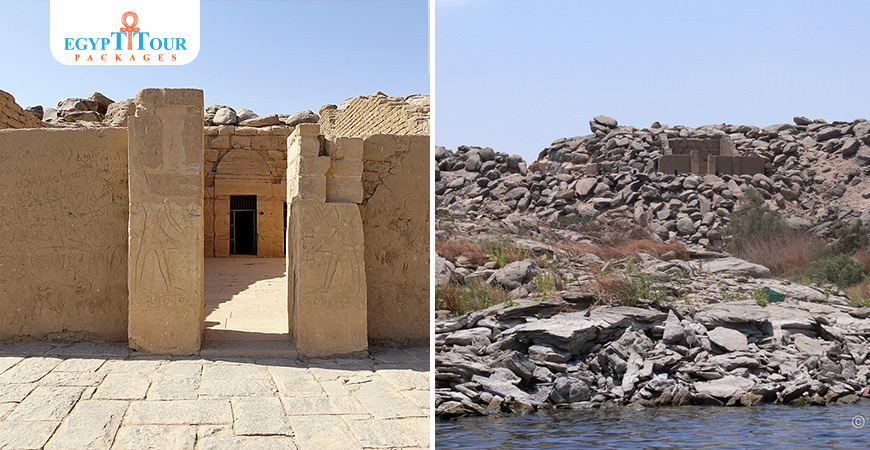


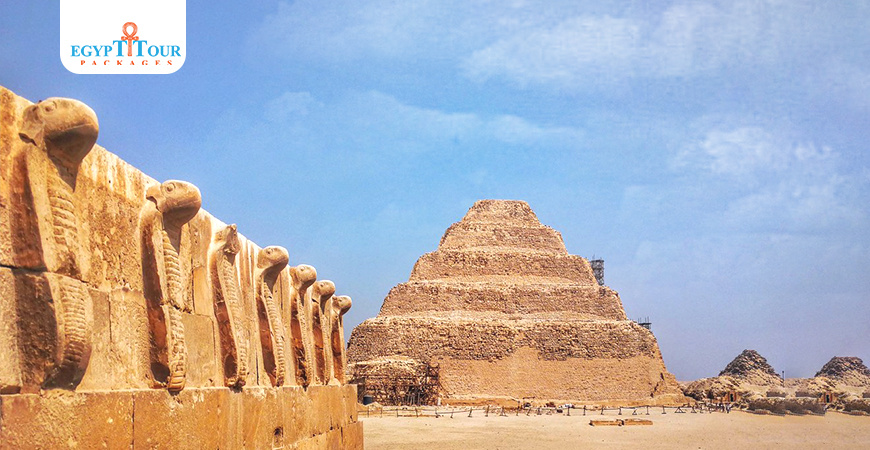







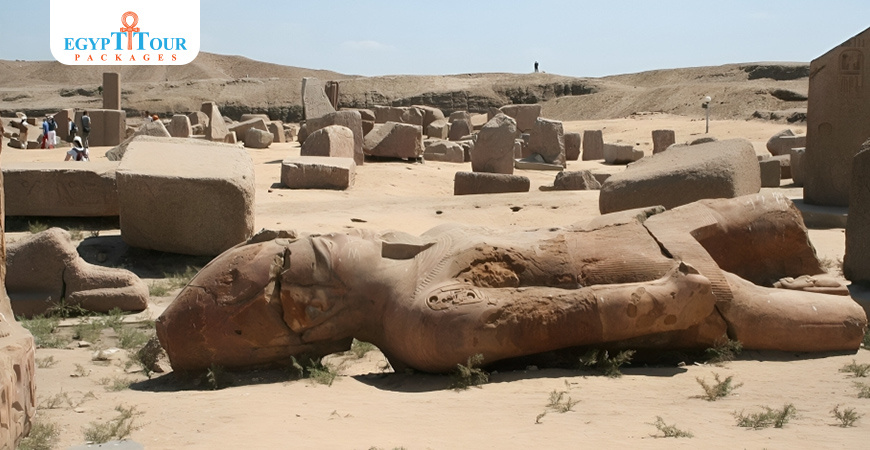


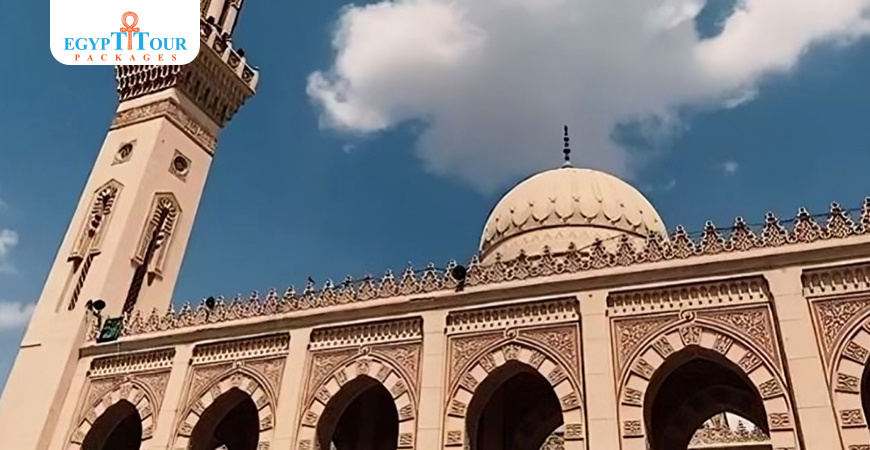


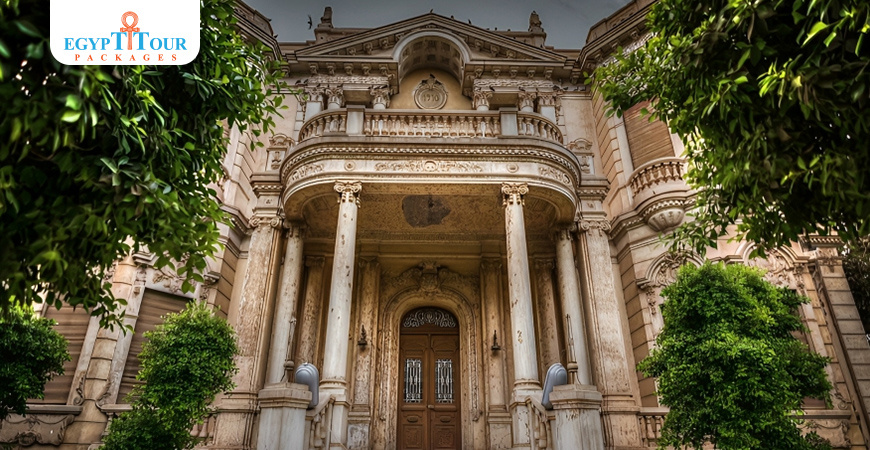
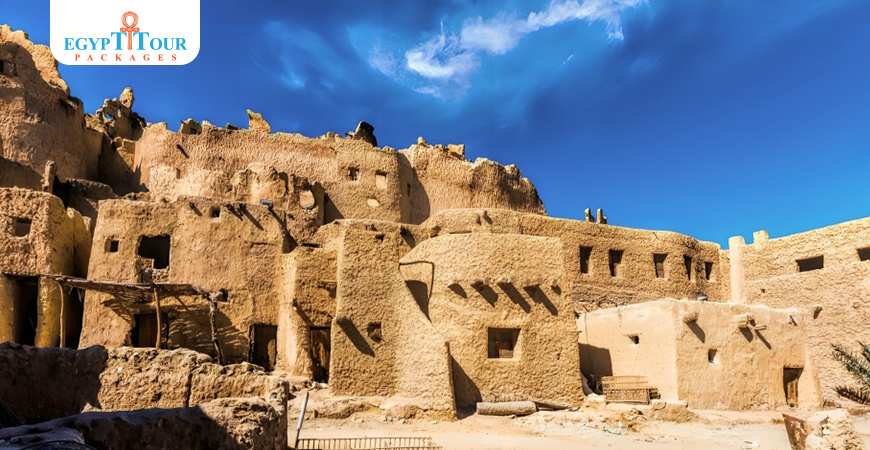
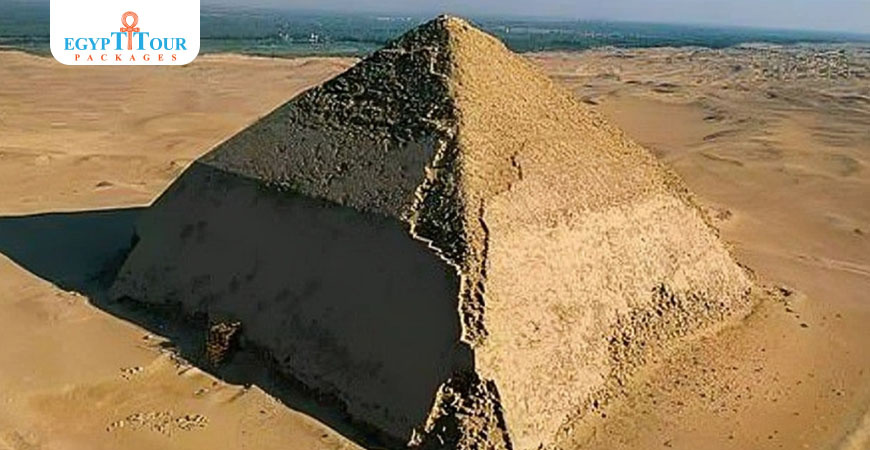
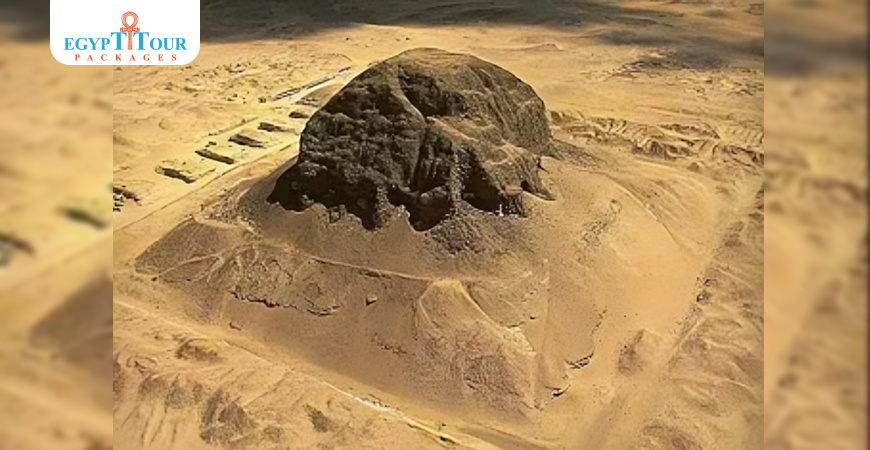
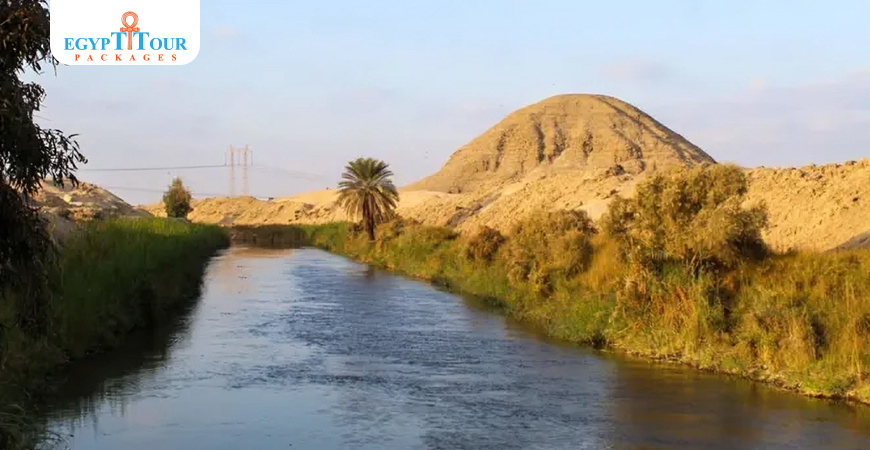
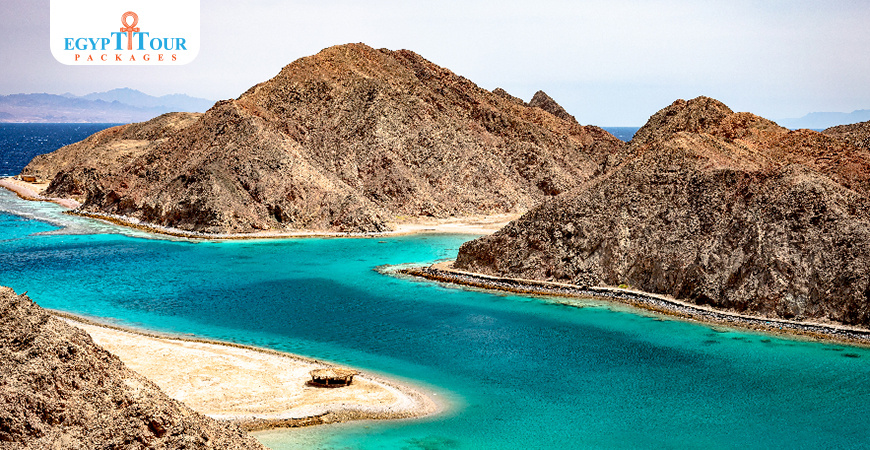

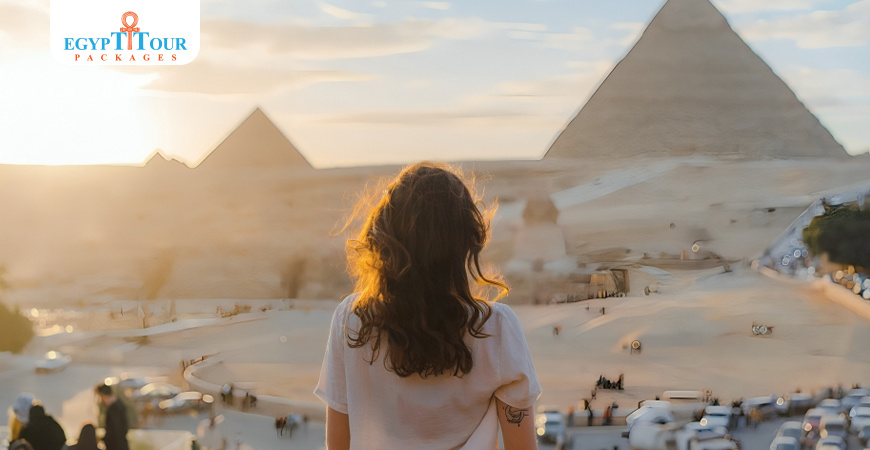
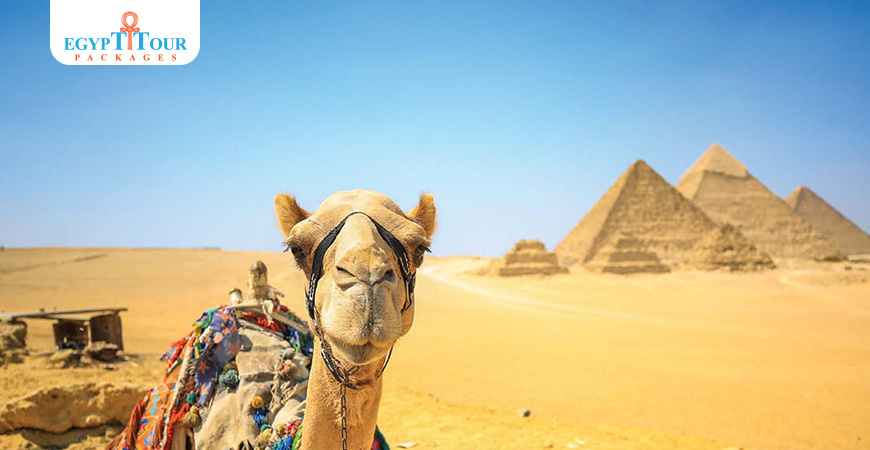











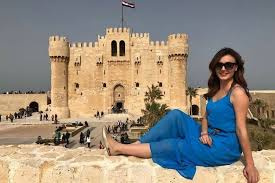

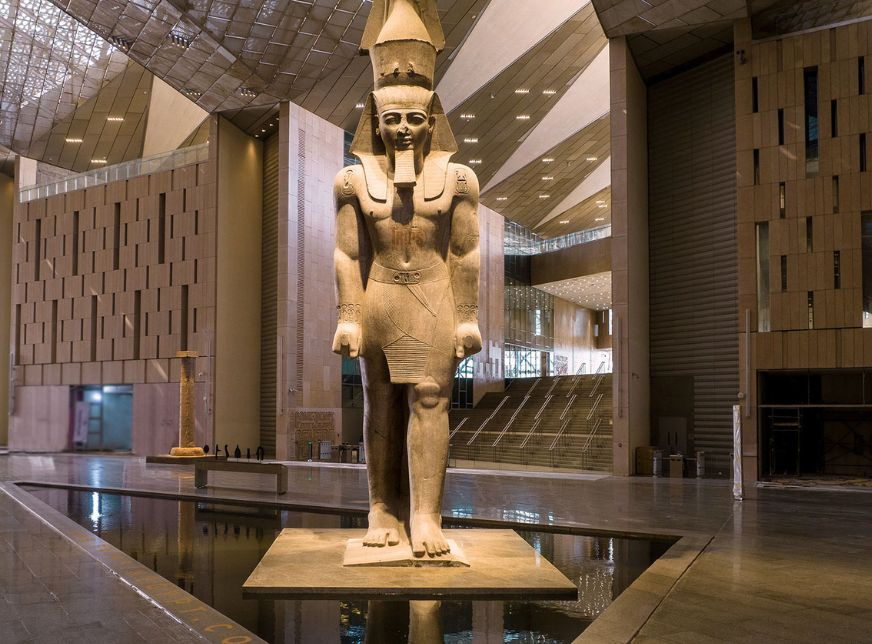

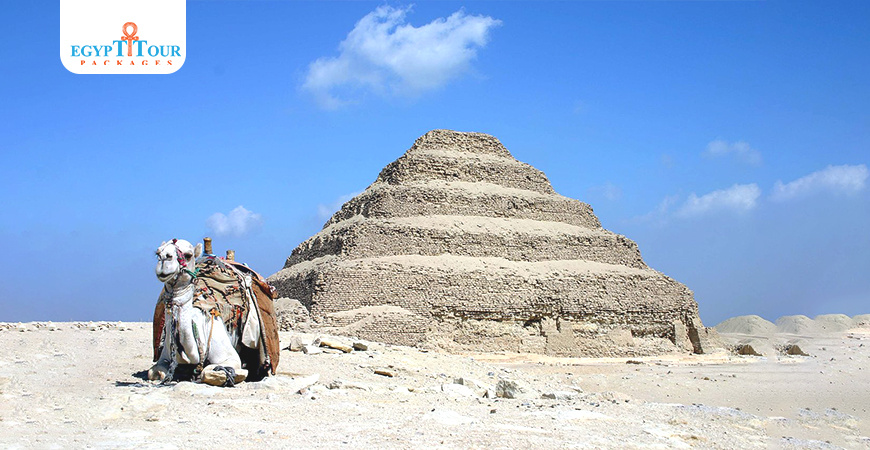
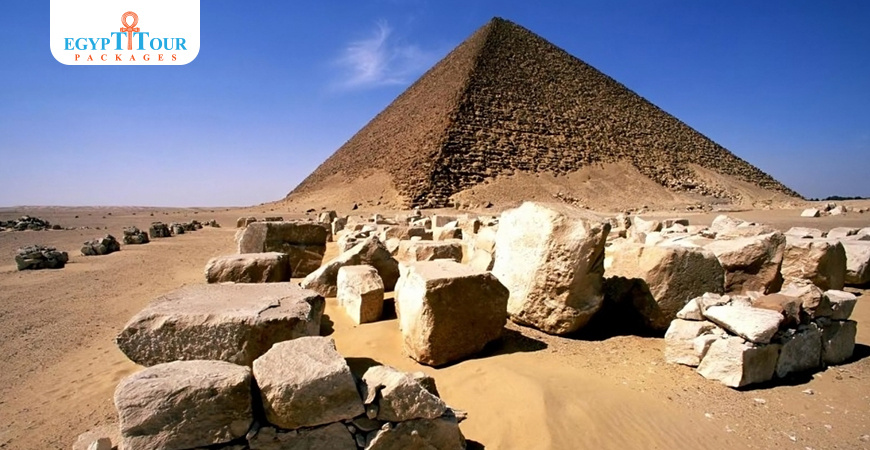

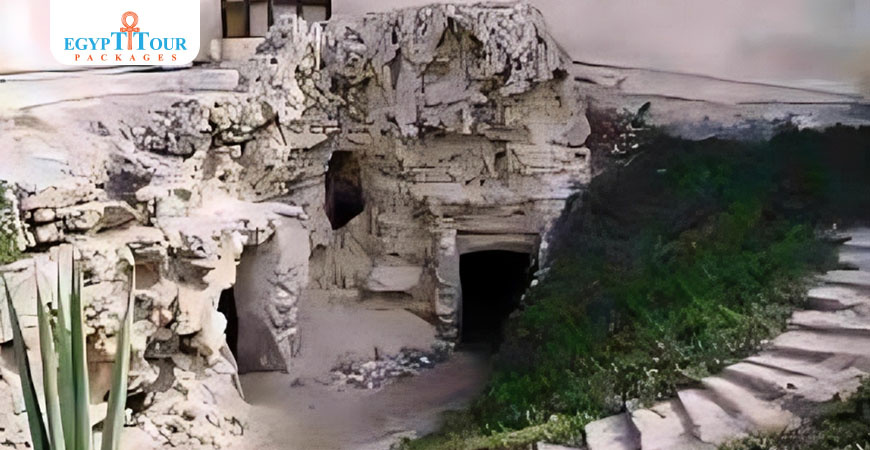


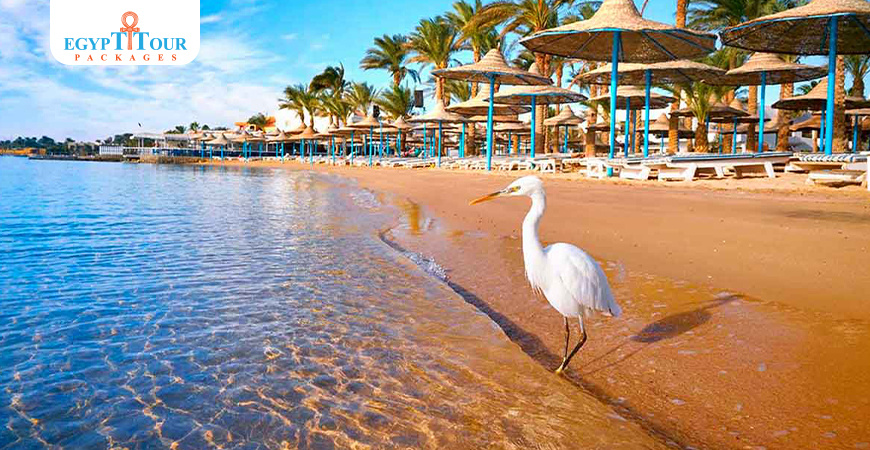
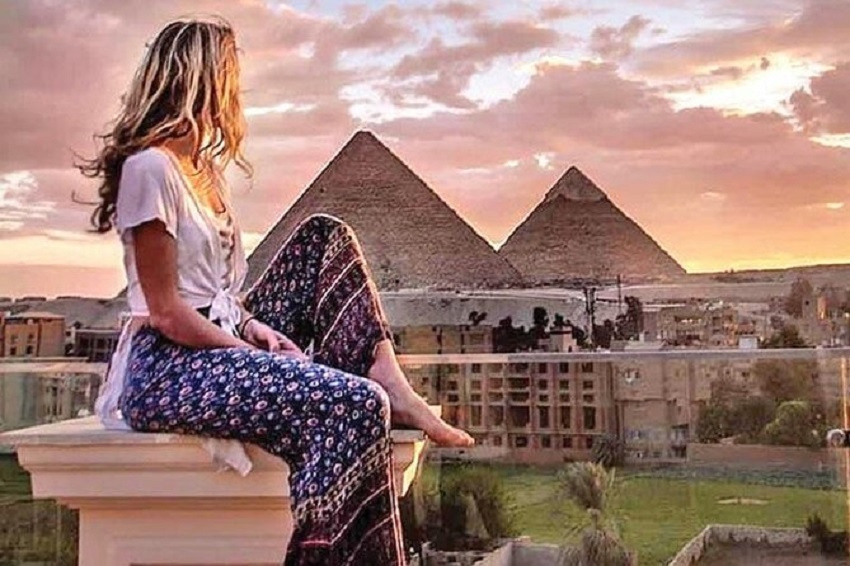

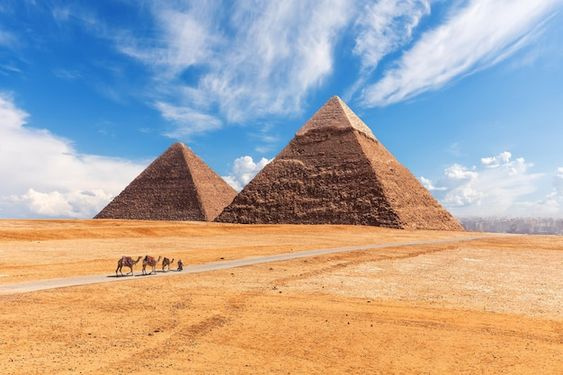
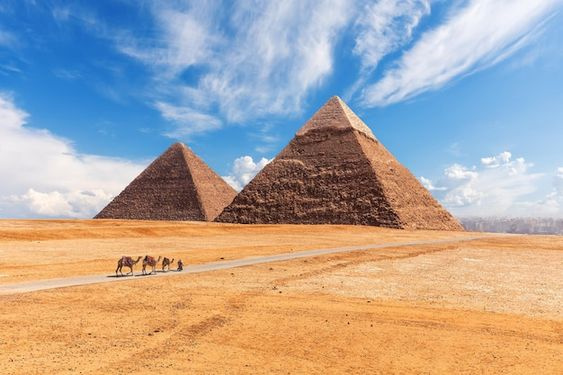

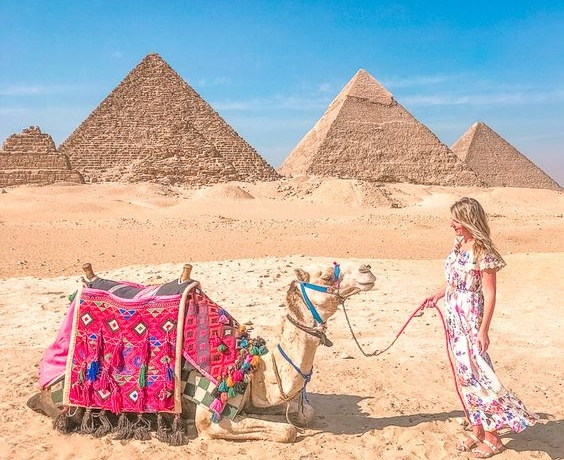
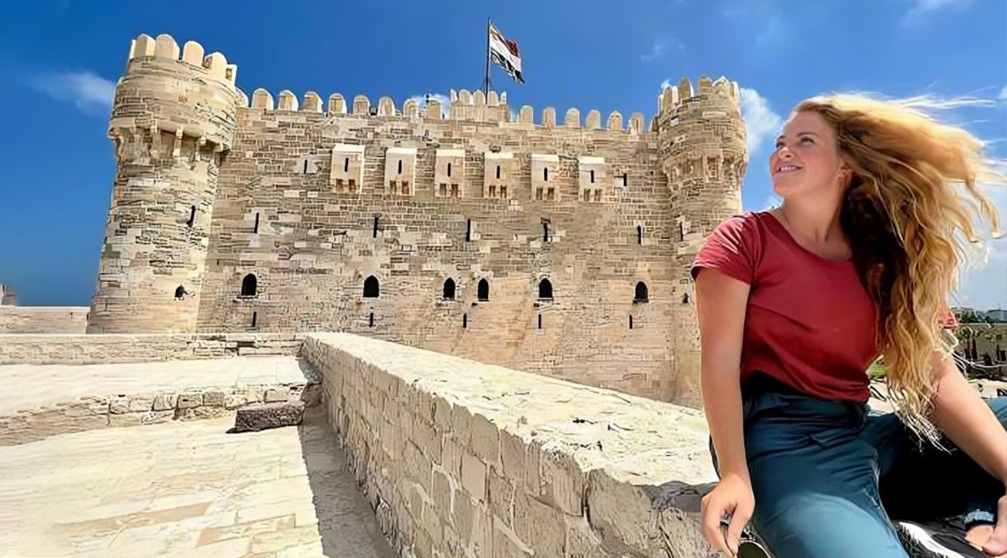
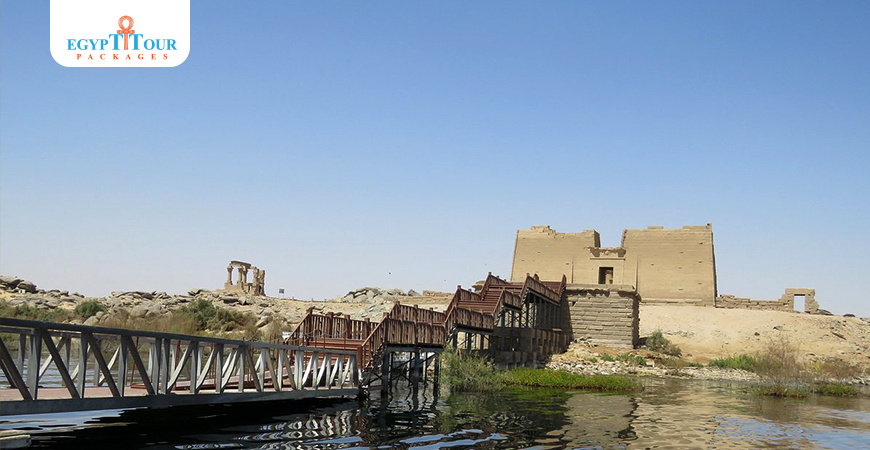

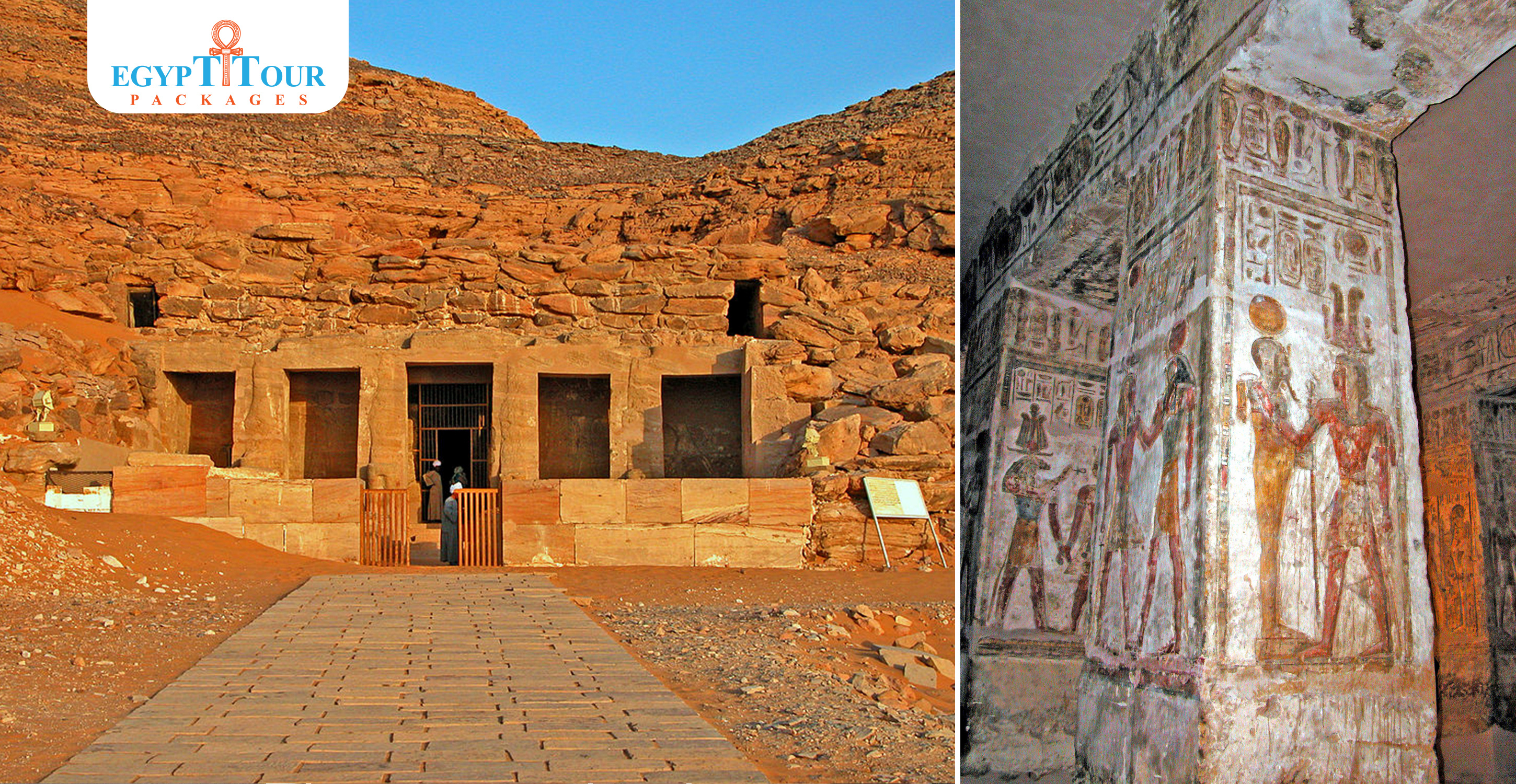
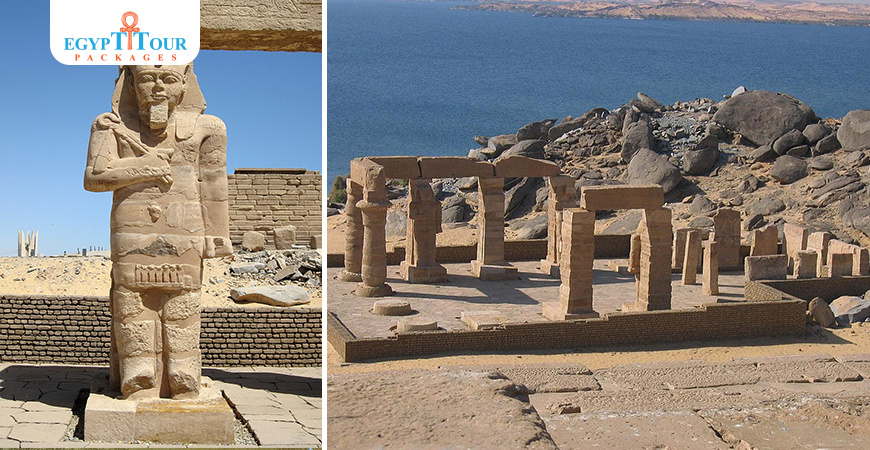
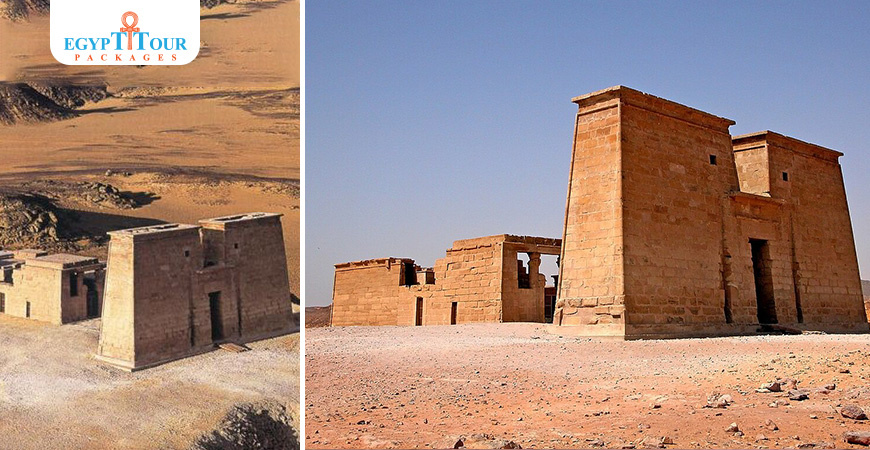


0 Comments